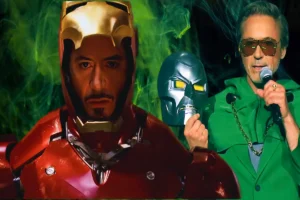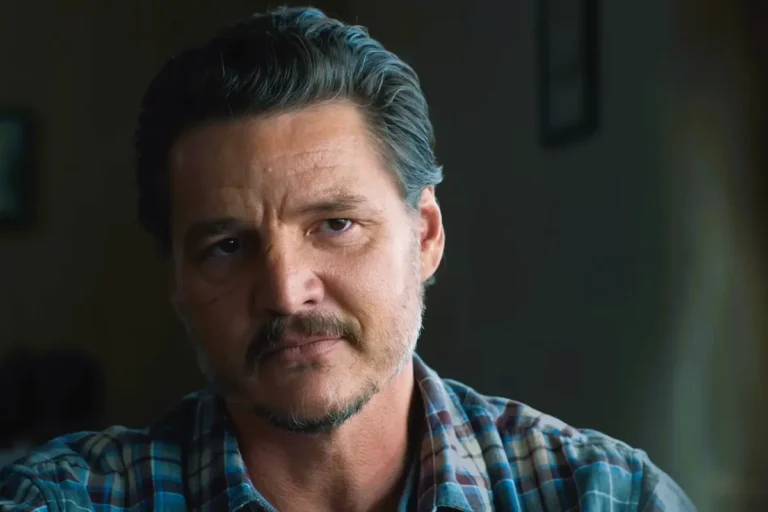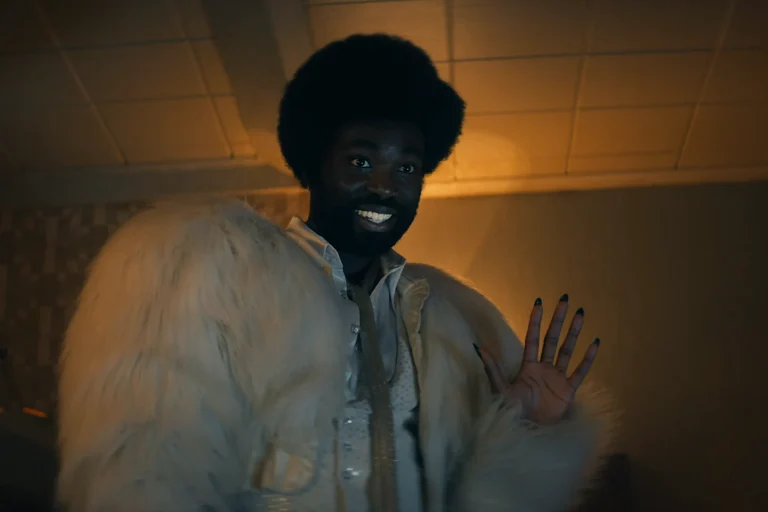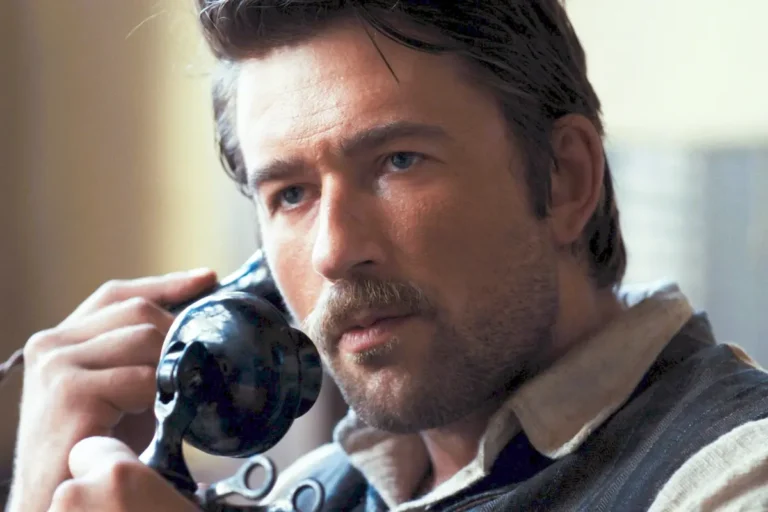The mantle of Captain America has passed from Steve Rogers to Sam Wilson, ushering in a new era for the iconic hero. Though both embody the ideals of Captain America, they approach heroism and leadership in distinct ways. This article explores the differences between Sam and Steve, from their physical abilities to their philosophies, highlighting how Sam’s unique qualities redefine the role for a modern audience.
What are the main differences between Sam Wilson and Steve Rogers as Captain America?

Steve Rogers vs Sam Wilson’s Approach to Captain America
Background and Experience
Steve Rogers started his journey as a frail young man from Brooklyn who became a super-soldier thanks to the Super Soldier Serum. His experiences during World War II shaped his worldview, transforming him into a symbol of American ideals and military power. His physical enhancements allowed him to engage in battle with unmatched strength and speed, making him a formidable fighter and leader.
In contrast, Sam Wilson comes from a background rooted in military service and social work. Without the super-soldier enhancements that Steve possesses, Sam relies on his extensive training, agility, and advanced technology, particularly his vibranium wings. His experience as a veteran and his empathy as a social worker influence his approach to being Captain America, emphasizing connection and understanding over sheer physical power.

Philosophy and Approach to Conflict
One of the most significant differences between Sam and Steve is their approach to conflict resolution. Steve Rogers often relies on military tactics and his superhuman abilities, charging headfirst into battles. His style reflects his experience as a soldier, where combat is sometimes the first solution.
On the other hand, Sam Wilson takes a more nuanced approach. His lack of superpowers pushes him to use strategic thinking and empathy when dealing with adversaries. Rather than using brute force, Sam often tries to understand his opponents, reflecting his belief that not all battles need to be fought physically. This focus on compassion makes Sam a more grounded and relatable Captain America, particularly in addressing modern societal issues such as race and justice.
READ MORE: Red Hulk in Captain America: Brave New World – Who Is the New Villain?
How does Sam Wilson’s agility compare to Steve Rogers’ physical abilities as Captain America?

Super Soldier vs. Human
Steve Rogers‘ super-soldier serum gives him an edge in physical confrontations, allowing him to take on multiple enemies with ease. His superhuman strength, agility, and endurance enable him to engage in high-risk combat situations without hesitation.
Sam Wilson, however, does not possess any superhuman abilities, which significantly affects his combat style and leadership. Instead of relying on raw power, Sam leverages his military training, technological tools, and intellect to defeat enemies. His use of mechanized wings allows him to approach battles with tactical advantage, utilizing aerial maneuvers and strategic positioning to compensate for his lack of enhanced strength.

Leadership and Collaboration
Another key difference lies in their leadership styles. Steve Rogers leads through decisive action, often positioning himself at the forefront of battles. His military experience shapes his direct leadership, inspiring others through his strength and resilience. However, his militaristic approach sometimes alienates those who do not share his worldview or methods.
Sam Wilson, in contrast, leads through collaboration and inclusivity. He understands the importance of community and building relationships with his team, often seeking their input and valuing diverse perspectives. This leadership style aligns with his role as a social worker and his belief that heroism isn’t just about fighting enemies but also about helping communities heal and grow.
Challenges in Combat
One of the most striking challenges Sam Wilson faces as Captain America is going up against enemies who may possess super-soldier abilities or advanced technology. Without the Super Soldier Serum, Sam must approach each battle with caution and strategy, often relying on his aerial advantage and teamwork with others, like Bucky Barnes. This dynamic creates a different combat experience compared to Steve Rogers, who can rely on his enhanced physiology to take on enemies directly.
Symbolism and Legacy
By choosing not to take the Super Soldier Serum, Sam Wilson sends a powerful message about what it means to be Captain America. His decision to embody the role without superhuman abilities emphasizes that true heroism is not just about physical strength but about character, empathy, and resilience. This redefinition of Captain America aligns with Sam’s belief that anyone, regardless of their physical abilities, can make a difference.
READ MORE: Harry Potter: Why Didn’t Dumbledore Take the Sorcerer’s Stone for Himself?
In conclusion, while Steve Rogers and Sam Wilson both carry the shield of Captain America, their approaches to heroism, leadership, and combat are distinct. Steve relies on his super-soldier enhancements and military experience to lead through strength and action. Meanwhile, Sam embraces a modern interpretation of Captain America, grounded in empathy, community building, and strategic thinking. This evolution allows Sam Wilson to carve out his own unique identity as the Star-Spangled Man, while still honoring the legacy of Steve Rogers.
Stay updated with the Latest News and Stories, follow us on our social media platforms.
You can follow us on:
Stay Connected!! Join our Whatsapp Channel
















